TORONTO (Aug. 1) — This may seem like an odd question. But, in the realm of professional sport, what should a team optimally anticipate from its legion of followers? In my view, there are three stipulations: a) buying tickets to watch the club perform live; b) purchasing team paraphernalia and merchandise; c) viewing games on television, thereby patronizing sponsors and advertisers. In which of these categories have fans of the Toronto Maple Leafs and Blue Jays fallen short? The clear and obvious answer: None. Zero. Bupkis. Hockey and baseball zealots in this city practically bow at the feet of their teams, thereby offering financial and emotional support… no matter the circumstance on the ice or playing field. The Leafs and Jays cannot ask more from their advocates and defenders.
Why, then, is the return so paltry, year after lost year?
This question applies, chiefly, to the invisible presidents: Brendan Shanahan and Mark Shapiro. Both of whom regularly snub their noses at the fan base. Shanahan appears in front of reporters perhaps three times in a calendar year; his promises shallow and unattainable. Shapiro is even worse, retreating from the ivory tower at Rogers once per season… primarily to offer excuses for his marginal general manager, Ross Atkins (this does not include his promotional emergence on behalf of Rogers to exult renovation of the former SkyDome). Neither club is capable of performing to standard when money is on the line; each has choked spectacularly on at least two occasions in the playoffs. The Leafs blew that 4–1 lead in the third period of Game 7 at Boston in 2013 (losing in overtime), then frittered away a 3–1 series lead against inferior Montreal during the pandemic tournament of 2021. The Blue Jays somehow lost a post–season game at home to Seattle in 2022 after building an 8–1 lead after five innings; then deployed analytics to the exclusion of common sense when removing starter José Berríos from an otherwise–solid performance at Minnesota last autumn. Resulting in a second gut–churning defeat. Neither club has come near to posing a championship threat. The common elements, however, remain in place: the overseers — Shanahan and Shapiro. Survivors beyond comprehension. And, still… somehow, inexplicably, running the show.
To be fair, both have executed importantly away from the field of play — Shanahan while modernizing the Maple Leafs and solidifying its alumni (he was solely responsible for bringing Dave Keon back into the fold); Shapiro for spearheading a facelift of the aging ‘Dome, thereby enticing many more ticket buyers than reasonably expected for a last–place team. If responsibility is to ownership, rather than loyal fans, both men have clearly flourished.
At some point in the next few weeks, Shapiro will waltz in front of cameras and microphones to extoll the virtues of his Siamese twin with the Blue Jays, Atkins, who has more lives than a cat. The reclusive exec will, of course, offer nothing of significance to fans of the club, especially as it pertains to his hand–picked GM sustaining employment after eight years without so much as a single playoff–game triumph. Given the calamitous alliance between the club and media ownership, there is no guarantee that Shapiro will be asked why his GM was permitted to tear down a group that he repeatedly swore would be a World Series contender. Only to plummet to the basement of the American League East in 2024, with not a prayer for even a wild card playoff berth. Most reporters either avoid or tip–toe around such topics for fear of reprisal. They are employed by the same communications behemoth that owns the ball club. Even those with no affiliation (TSN; local newspapers) offer this sort of trash on their websites:
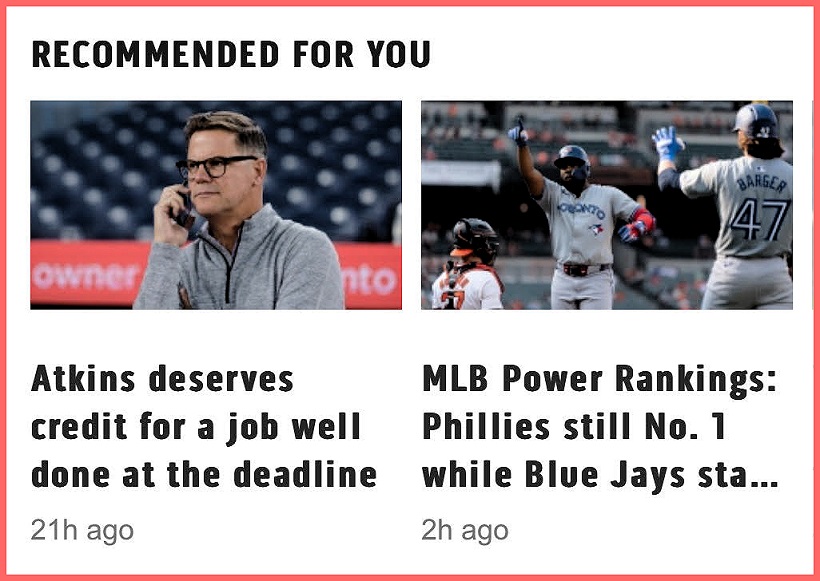
Congratulating Atkins on his furious disemboweling of the Blue Jays is akin to thanking Al Queda for the opportunity to rebuild the World Trade Center in New York. Of course, no one died at the hands of Rambling Ross, so the analogy is an obvious exaggeration. But, you get the point. Under no reasonable circumstance should Atkins be accorded a second chance to hinder the baseball club; to execute the imploding and rebuilding of the franchise.
He has failed. Miserably and entirely. For all to witness.
Yet, Rambling Ross is still employed… with the same level of responsibility. Almost precisely as with Shanahan and the Maple Leafs, even if the Hall–of–Fame forward can dine, solely, on that first–round triumph against Tampa Bay nearly 15 months ago. Which is one post–season accomplishment more than we can credit Atkins. How this is permitted to not only happen, but to be lauded by the weak press in Toronto, is an affront to every fan of the baseball team. Particularly those that have routinely jammed Rogers Centre during the disastrous 2024 season: purchasing tickets far in advance on the counterfeit promises of Atkins… or to witness the ballpark’s lower–bowl renovation. Either way, Blue Jays fans have stepped to the plate with far–greater efficiency than those wearing the uniform. Especially, the person in charge of filling those jerseys in the past decade. Nothing more can be requested of the team’s hapless supporters. Other than, somehow, continuing to exhibit patience while the abortive GM goes to work yet again. Owning a near–complete dearth of accountability… to his boss (Shapiro) and to those that pay outrageous prices to watch the club perform live. It is, in every way, a pro sports epidemic in this locale.
With no satisfactory outcome on the horizon.
BERNIE’S HEARTFELT PLEA TO THE NHL
He is among the elite and precious few that have scored 70 goals in a National Hockey League season, erupting alongside Wayne Gretzky and the 1988–89 Los Angeles Kings. I got to know Bernie Nicholls a decade earlier, when he toiled for the North York Rangers of the Ontario Junior Hockey League. He eventually starred for Kingston of the Major Junior loop in our province before joining the Kings toward the end of the 1981–82 schedule. A borderline Hall–of–Fame career ensued, with totals of 475 goals and 1,209 points in 1,217 NHL games. He enjoyed seasons of 150, 100, 97, 95 and 81 points while skating for Los Angeles, the Rangers, Edmonton, New Jersey, Chicago and San Jose. So, Bernie was no flash–in–the–pan. As such, this appeal (precise writing date unknown), posted on Facebook, was poignant. Here is the entire submission (slightly edited for space, not content):
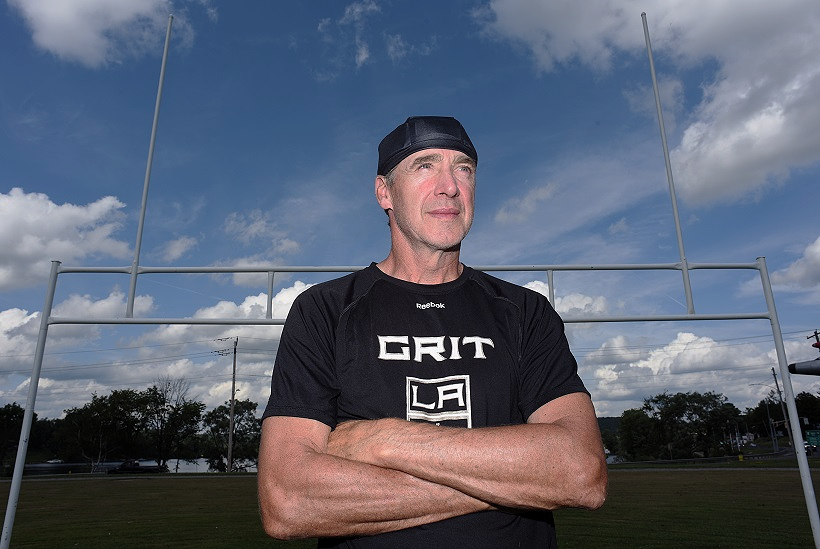
The Damage Hockey Did to my Brain
By Bernie Nicholls
I had a pretty spectacular 17-year career playing in the NHL. Who would have thought a kid from a small town in Canada could score 475 goals in 1,127 games? Yet, despite those great seasons — and as I look back on my career 36 years after it began — I have come to realize that the NHL (although satisfying and enjoyable at the time) led to brain damage that has irreparably impacted my health. Getting the call to play in the NHL was a pivotal moment in my life. I am from a small town in Ontario (near Haliburton) of no more than 100 people. When I heard I was [drafted] by the Los Angeles Kings, it felt like I would go from the smallest place to the biggest city on Earth. And, though it was culture shock at first, the move allowed me to play hockey at a level I’d never imagined.
The dream, however, I was living after being chosen quickly turned to reality as I began to comprehend the rigors — and consequences — of playing in the NHL. On one hand, my hockey career was thriving… but, at the same time, I was absorbing serious and severe hits to the head, many of which became undocumented concussions. Some of these hits would leave me woozy; some dizzy, while others felt more severe. Rather than examining me for brain damage, trainers and coaches demanded to know when I could go back in to play. When I broke a bone or sprained a muscle, I knew exactly how I would feel afterward. When I sustained a blow to the head, no one ever told me that if I continued to play, I might sustain permanent brain damage. Had I been informed of this, I would never have gone back on the ice so quickly. I knew that injuries were part of the game, but I did not anticipate having problems that would last a lifetime. Trust me, the NHL did not wake up recently and say “these guys are going to have lifelong issues.” They knew it at the time — they had to know — and did nothing about it. We were never warned about the long–term cost of these blows… and how our lives might be forever altered.
Today, I have a hard time remembering games in which I played and even the names of some former teammates. Though my concussions took place 20 and 30 years ago, I still become quite dizzy and am plagued by headaches. Since becoming involved with the NHL alumni, I have seen, first–hand, how other players have memory and anger issues. The NHL was a brotherhood; we protected one another on and off the ice. I joined the NHL concussion lawsuit for myself… and for those I know are suffering more than me. I have encouraged all those I played with and against to support this effort, if not for themselves then for ex–teammates.
I had a tremendous hockey career, but it became detrimental to my health and emotional wellbeing. Ultimately, the league seemed to care only about marketing and promotion; the damaging blows we incurred helped to fuel the game’s success and tremendous growth. It is, therefore, well beyond the time for the NHL to come to terms with its past; to care for its alumni… and to ensure the game is safe and prosperous for years to come.
RANDOM ITEMS FROM THE VAULT…
These items in my collection keep getting older… and, perhaps, more valuable:
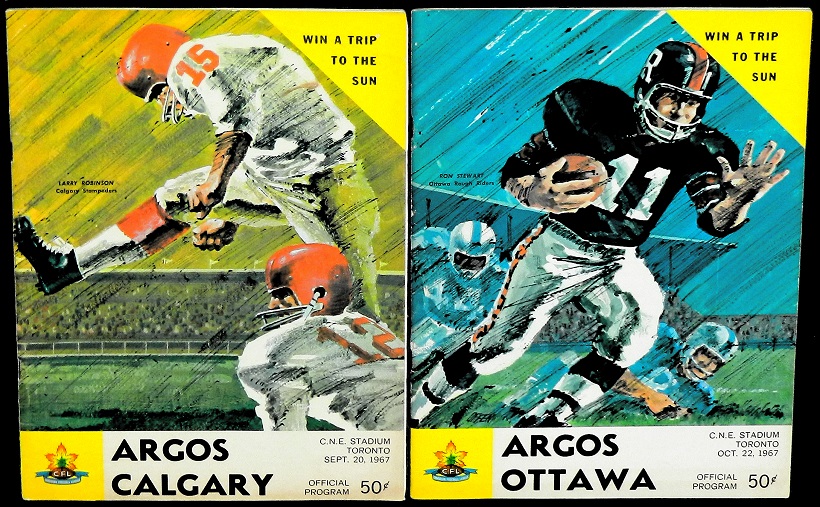
From the 1967 Canadian Football League season at CNE Stadium. Argos programs for games against the Calgary Stampeders and Ottawa Rough Riders. It was Leo Cahill’s first year as coach of the Double Blue. A special guest at the Ottawa game was United States senator Robert F. Kennedy, who had attended the Toronto–New York hockey game the previous night at Maple Leaf Gardens. RFK, younger brother of slain U.S. president John F. Kennedy, would be assassinated in Los Angeles less than eight months later.

The earliest items in my collection of Street and Smith’s Pro Football magazine, the best–such publication dating to the 1960’s. These issues (left–to–right) are from 1964–65–66–67. I have every magazine from 1964 to 2008.
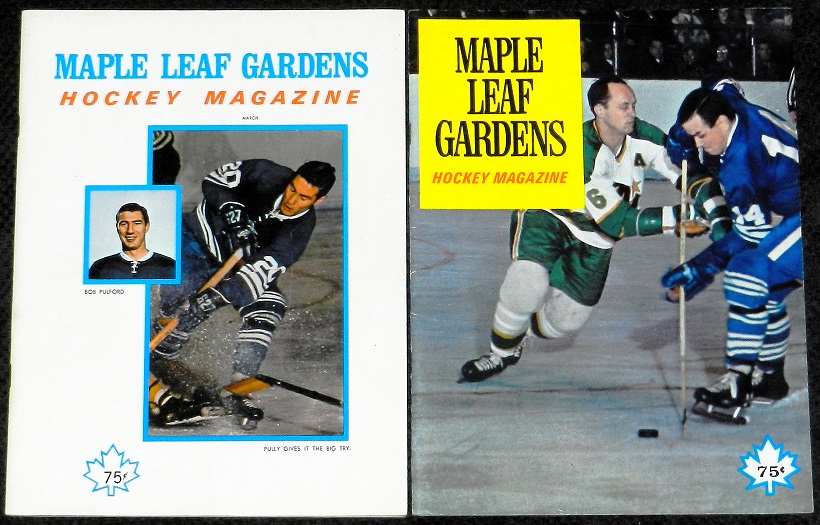
Always looked forward to Dad buying a program when we attended Leafs games in my youth. These from 1968–69 (left, Bob Pulford on the cover) and 1969–70 (Dave Keon and Mike McMahon of the Minnesota North Stars).

Commemorative programs from 1998–99, the final season at Maple Leaf Gardens. Including the home opener (far–left) vs. Detroit and Wayne Gretzky’s last visit in the NHL (second–from–left) with the New York Rangers.
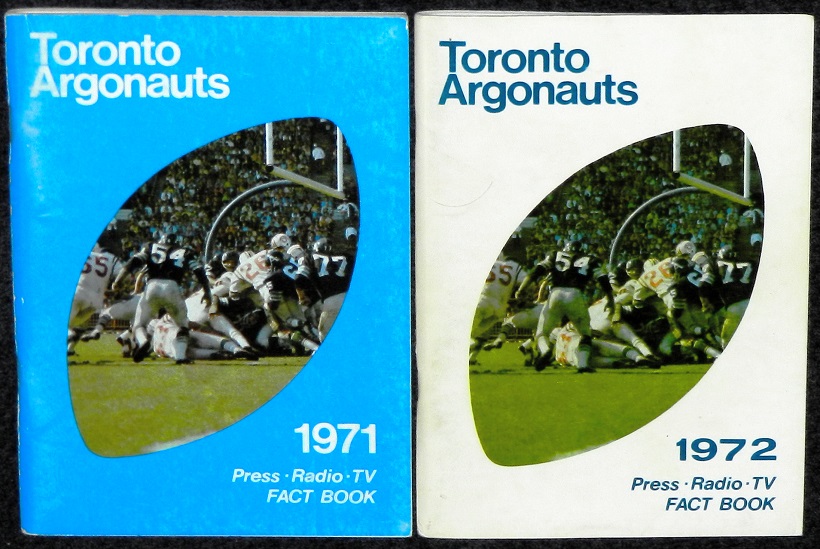
Nearly identical media guide covers, but very dissimilar teams. The 1971 Toronto Argonauts — the most–iconic and memorable club in modern franchise history — introduced such stars as Joe Theismann, Leon McQuay, Jim Stillwagon, Gene Mack, Zenon Andrusyshyn and Tim Anderson. It finished atop the CFL East with a 10–4 record; qualified for the Grey Cup in rain–soaked Vancouver and famously lost, 14–11, to Calgary when McQuay fumbled deep in Stampeders territory in the dying moments. The ’72 team, with Eric (the Flea) Allen on board from Michigan State, was expected to roll through the East and finally win the Grey Cup for the first time in 20 years. Instead, quarterback Theismann broke a foot in the opener at CNE Stadium and the season was a disaster. At 3–11, the ’72 Argos missed the playoffs, prompting owner John Bassett to fire coach (and team architect) Leo Cahill.
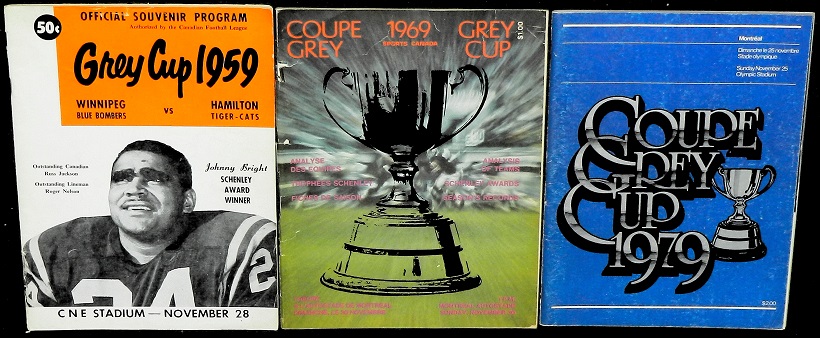
Grey Cup programs four decades apart: 1959–1969–1979 (above). Then, the early years of my radio career (below). I covered the 1988 match in Ottawa; the Argos first game at SkyDome and the ’89 Grey Cup.
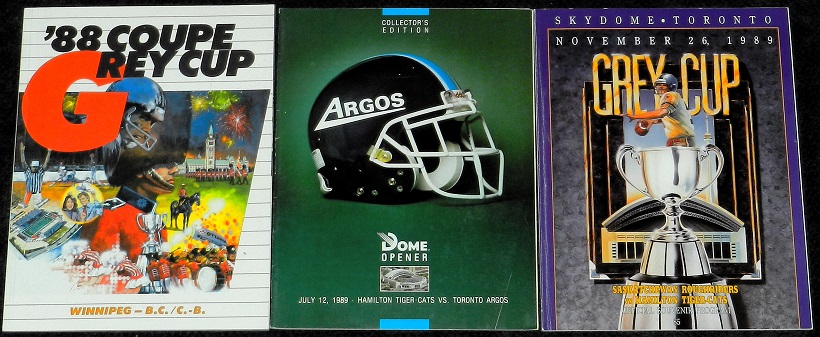
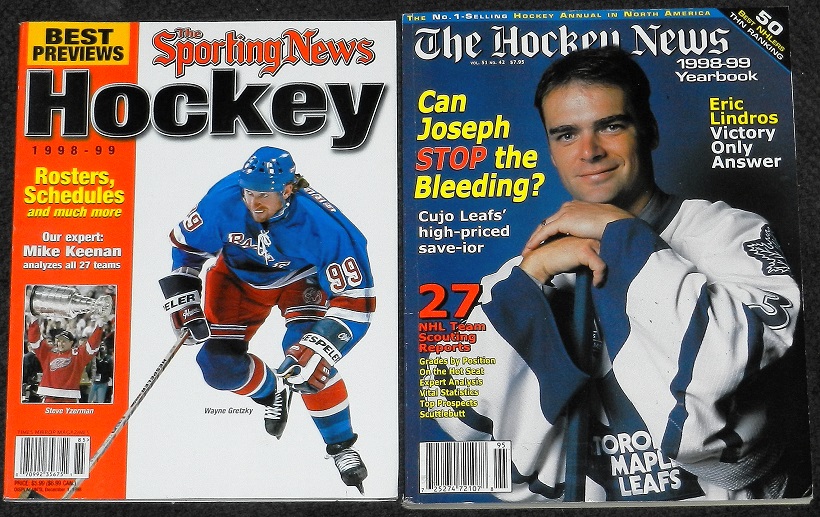
Preview magazines from 1998–99: Wayne Gretzky’s last season in the NHL and the first of four years with Curtis Joseph playing goal for the Leafs. Cujo backstopped Toronto to the Stanley Cup semifinals in 1999 and 2002.
EMAIL: HOWARDLBERGER@GMAIL.COM

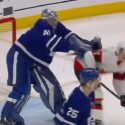
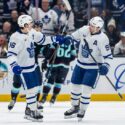
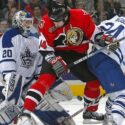
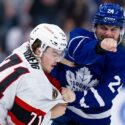
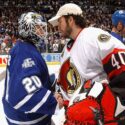





























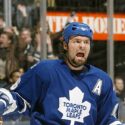
My take on this is, the BODs are happy with all the money Shapiro and Shanahan have made for MLSE. Why would they vote for change?
Why not win? Does winning make a dent to the bottom line?